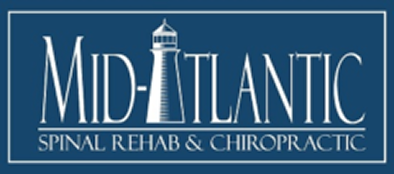More on Car Seats and Head Restraints
In past blog posts I have discussed various topics about whiplash from auto accidents in Baltimore. The last blog post mentioned how head restraint positioning can minimize injury risk if positioned properly prior to a rear-end motor vehicle collision.
Besides just properly positioning head restraints, certain automobile manufacturers have taken additional steps to make their vehicles more “crashworthy” so that occupants can “ride down” the crash and minimize any likelihood of injury. Notably, Saab created the “Saab anti-whiplash head restraint” or “SAHR”. It is a pretty interesting mechanism. When a car gets rear-ended the occupants mid back (torso) flattens out against the car seat, causing a cam to push the head restraint up and forward to “catch” the occupants neck, thereby instantly reducing the occupants likelihood of injury. It is a smart system- the head restraint is out of the way during normal driving and engages suddenly during impact.
Volvo has taken some steps to improve upon the design of car seats and head restraints as well. They created the WHIPS system. It is a bit more complex than the SAHR system. When impacted from the rear the WHIPS system translates rearward horizontally and then rotates rearward simultaneously, allowing an occupant to ride down the crash, thereby reducing injury risk.
Interestingly though these ideas have been proven to reduce injury risk to occupants we do not yet see these safety features in all passenger vehicles. You may be asking “why?”. Its all about money. Each of these designs ads money to the manufacturing of these vehicles and adds weight to the vehicles, thereby reducing fuel efficiency. As such, they are not often seen in most vehicles.
If you are fortunate enough to be driving one of these safer vehicles, congratulations! If not, let me leave you with this safe piece of advice as mentioned in a past blog post. Always adjust your headrest height vertically and minimize the space between your head restraint and the back of your head. If your vehicle comes equipped with a “pinch lock” on the head restraint, make sure it is engaged so that your head will not smash the head restraint down during impact.
Good luck and safe driving out there!
